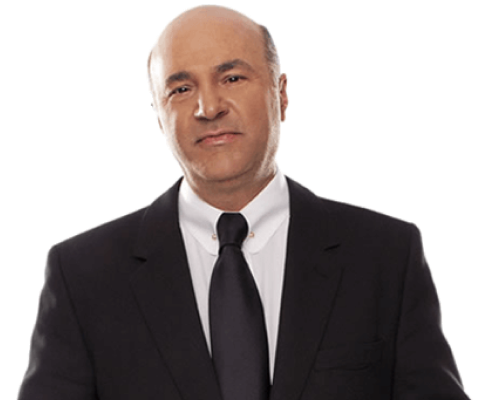Your Comprehensive Guide on 45 International Trademark Classes 2024
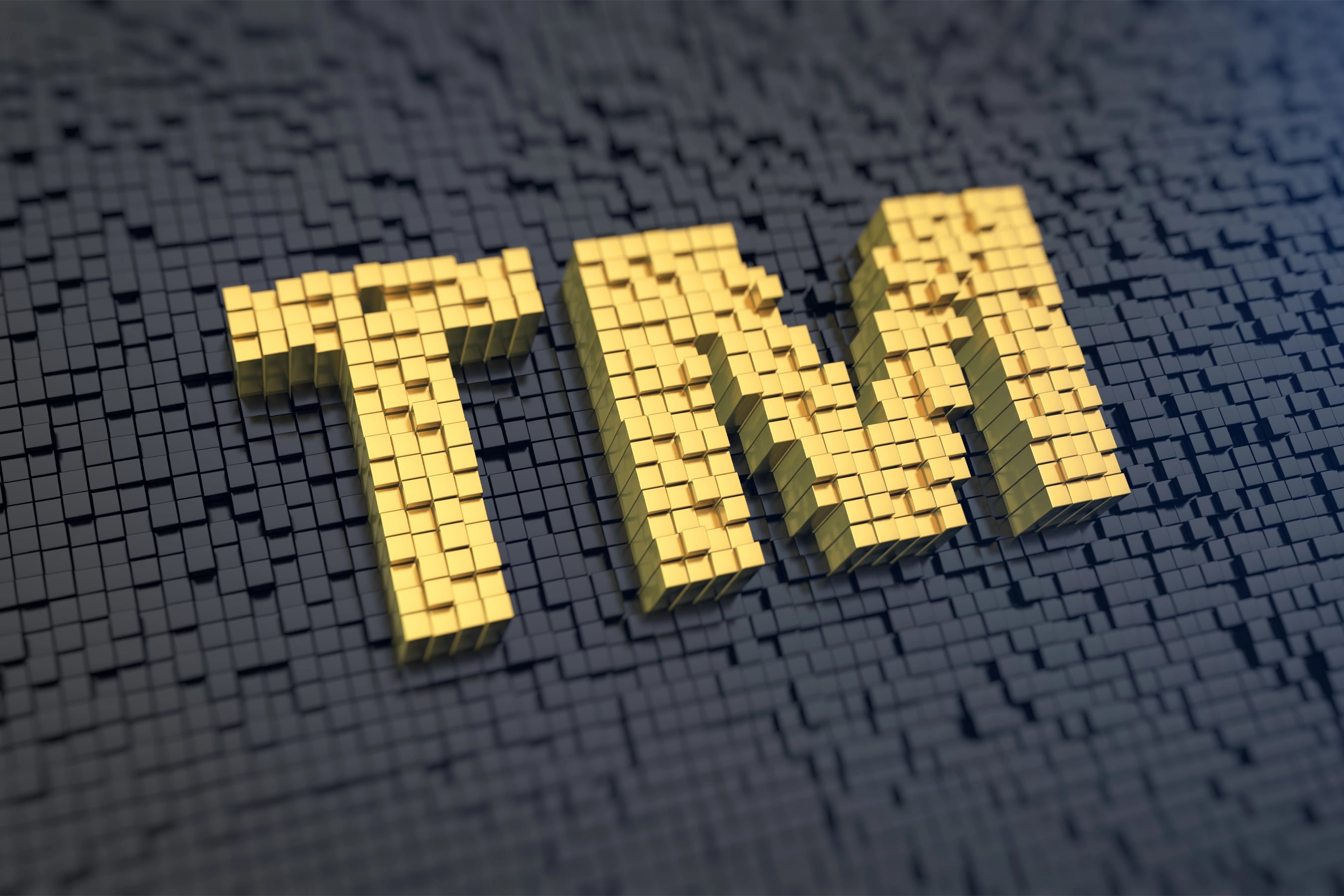
Did you know that nearly 20% of trademark disputes arise from businesses choosing the wrong trademark class? When a company fails to categorize its products correctly, it risks losing its brand protection. That’s why selecting the right trademark classes is critical when registering your trademark.
According to the World Intellectual Property Organization (WIPO), the Nice Classification system, used worldwide, includes 45 distinct classes—34 for goods and 11 for services. This guide will help you navigate these classes, ensuring your brand receives the full protection it deserves from the start.
What Are International Trademark Classes
Over 50% of trademark rejections occur because businesses register in the wrong class. International trademark classes exist to prevent costly mistakes like this. The Nice Classification system, adopted by more than 150 countries, breaks down into 45 categories—34 for goods and 11 for services. By grouping similar products and services, this system ensures that your trademark is registered correctly, avoiding conflicts and providing clear legal protection.
Extending Trademark Classes Is Forbidden
Trademark classes can't be expanded for a good reason—it ensures fairness and order in the registration process. Here’s why this rule is crucial:
Simplifies trademark searches: It helps businesses easily search for existing trademarks, reducing confusion and the risk of overlap.
Prevents costly disputes: Without it, you could end up in legal battles over similar trademarks, risking your brand's identity.
Maintains trademark focus: Ensures trademarks are clearly linked to specific products or services, keeping them from spreading too thin across unrelated categories.
Strengthens brand protection: A focused trademark offers robust protection, making it easier to defend your brand’s uniqueness.
This system keeps your brand’s identity clear and legally protected.
Starbucks takes brand protection seriously, and they’ve had some memorable wins in court to prove it. In one case, Starbucks went after a small coffee roaster that tried to name its product “Charbucks.” Starbucks didn’t find it funny. They argued that "Charbucks" was too close to their famous name and would confuse coffee lovers. The court agreed, and Starbucks won the case.
But Starbucks isn’t alone in this game. A few years ago, Louis Vuitton sued a Korean fried chicken restaurant called “Louis Vuiton Dak” for trademark infringement. The fashion giant claimed that the restaurant’s name was riding on its luxury reputation. The court sided with Louis Vuitton, and the restaurant had to change its name and pay damages. These cases show that picking the right trademark class and keeping an eye on your brand is more than just paperwork—it’s a key part of staying in control of your business identity.
Fun fact: Trademark infringement cases in the U.S. have been steadily rising, with over 3,500 new cases filed each year. If you don’t protect your brand, someone else just might.
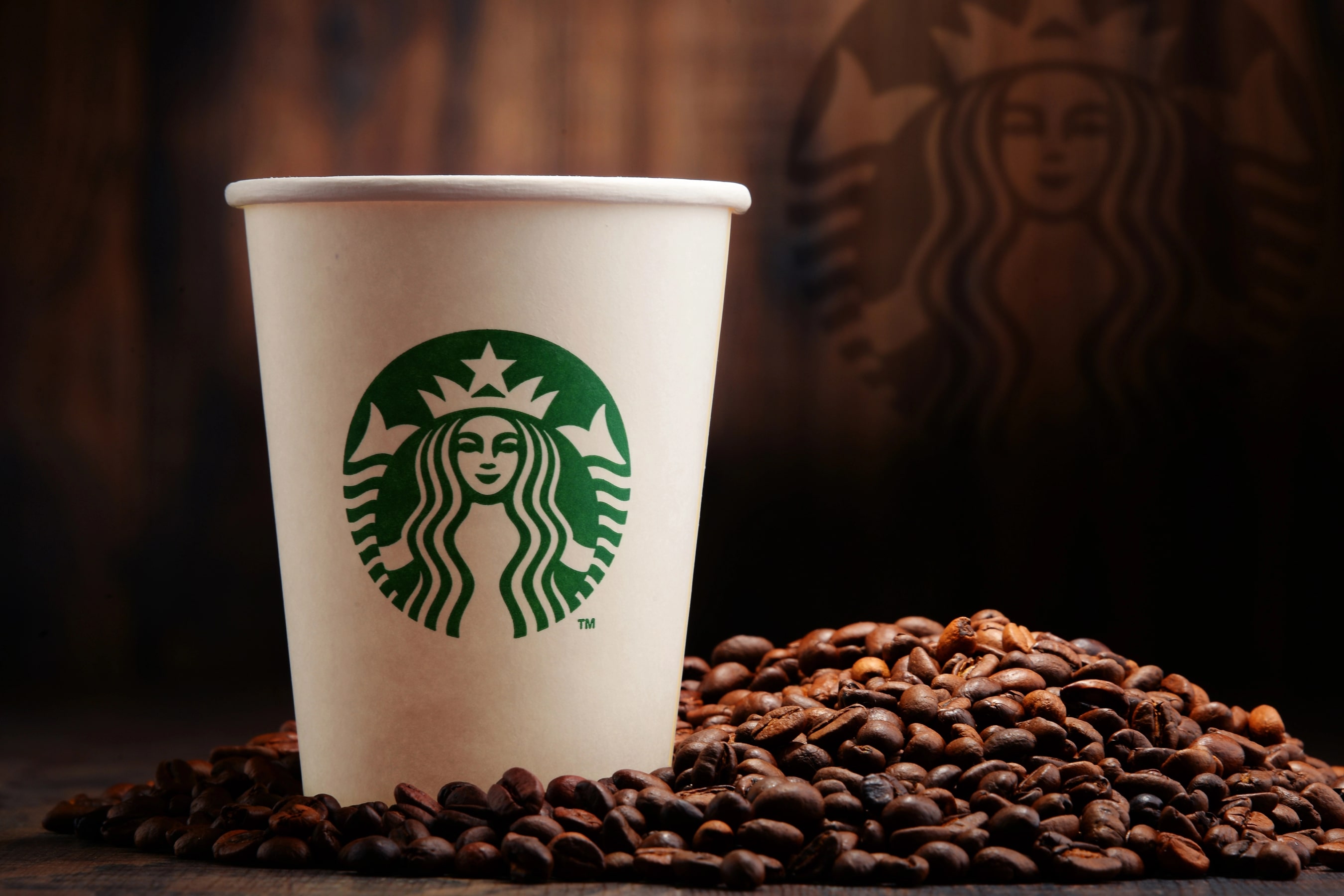
If you're unsure about the process, a trademark search conducted by a professional can help ensure accuracy and compliance.
What to Expect When a Trademark Is Misclassified
Imagine spending months crafting the perfect brand name, logo, and identity, only to have your trademark application rejected because you picked the wrong class. It happens more often than you’d think! The USPTO has 45 different trademark classes, each designed to cover specific goods or services. Miss the mark, and you’ll find yourself back at square one.
Take the case of a startup that filed its fitness app under a class meant for “printed materials.” Oops! They had to refile under the right class—costing them hundreds of dollars and several months of delay.
Why does this happen? Each class is super specific. If you’re selling clothes, you need to file under Class 25. Selling software? That’s Class 9. Get it wrong, and your application can get denied, leading to extra fees, paperwork headaches, and missed opportunities.
So, when in doubt, always check twice—or better yet, consult a trademark expert before hitting submit. You don’t want your perfect trademark journey to turn into a paperwork nightmare!
List of Trademark Classes with Examples
Trademark Class 1: Chemicals and Industrial Products
This class covers chemicals used in various industries like agriculture, manufacturing, and science. Examples include unprocessed resins used to make plastics, fertilizers for crops, and fire extinguishing chemicals. Companies like DuPont and Bayer often file in this class to protect their raw chemical products.
Trademark Class 2: Paints and Protective Coatings
This class includes paints, varnishes, and lacquers used to protect or decorate surfaces. Think of Sherwin-Williams paints or Rust-Oleum rust-preventive coatings. It also covers colorants for printing and painting and wood preservatives to prevent deterioration.
Trademark Class 3: Cosmetics and Cleaning Products
From Chanel perfumes to Tide laundry detergents, this class covers cosmetics, soaps, and cleaning agents. It also includes hair care products like shampoos and toothpaste, along with everyday cleaning supplies like Mr. Clean.
Trademark Class 4: Fuels and Industrial Oils
This class is for products like motor oil (e.g., Castrol), gasoline, and industrial lubricants. It also covers candles and lamp oils, such as those from Yankee Candle or WD-40 lubricants.
Trademark Class 5: Pharmaceuticals and Medical Supplies
Includes medications like Advil and sanitary products like Band-Aids. Also covers baby formula (e.g., Similac), disinfectants (Lysol), and herbicides for farming. Pharmaceutical giants like Pfizer and Johnson & Johnson frequently file in this class.
Trademark Class 6: Metal Products
This class protects items made of metal, from building materials like steel beams to metal pipes used in construction. It also includes metal safes and cables, with companies like ArcelorMittal filing for their steel products.
Trademark Class 7: Machinery and Machine Tools
This class includes heavy machinery (e.g., Caterpillar bulldozers), engines, and agricultural tools like tractors. It’s also where manufacturers of assembly-line equipment and power tools (like Makita) would file their trademarks.
Trademark Class 8: Hand Tools and Cutlery
Includes everyday tools like hammers (e.g., Stanley), scissors, and kitchen knives. It also covers razors like those from Gillette and hand-operated garden tools.
Trademark Class 9: Scientific and Electronic Equipment
This class encompasses computers (Apple), cameras (Nikon), fire alarms, and GPS systems. Also includes software, calculators, and scientific instruments used in research. Tech giants like Sony, Google, and Tesla file under this class.
Trademark Class 10: Medical Devices and Surgical Instruments
This class protects medical devices, including X-ray machines, surgical instruments like scalpels, and prosthetics. Think of companies like Medtronic or Stryker that develop medical technologies.
Trademark Class 11: Lighting and Heating Equipment
Covers light bulbs (Philips), heaters, refrigerators, and air conditioners. It also includes cooking appliances like ovens and water filtration systems, with companies like General Electric filing trademarks here.
Trademark Class 12: Vehicles and Transportation Equipment
This class includes all kinds of vehicles, from cars (Ford, Tesla) to bicycles, airplanes, and boats. It also covers automobile parts, like tires and engines, commonly trademarked by companies like Michelin.
Trademark Class 13: Firearms and Explosives
Protects guns, ammunition, and fireworks. Think of brands like Smith & Wesson or Winchester, as well as fireworks manufacturers like Black Cat Fireworks.
Trademark Class 14: Jewelry and Watches
Covers fine jewelry (Tiffany & Co.), watches (Rolex), and precious metals. It also includes diamonds and other gemstones, as well as luxury accessories like bracelets and rings.
Trademark Class 15: Musical Instruments
Includes guitars (Fender), pianos (Yamaha), and drums (Pearl). Any business producing musical gear, from violins to synthesizers, would file in this class.
Trademark Class 16: Paper Goods and Office Supplies
Protects products like paper (International Paper), notebooks (Moleskine), pens (BIC), and printed materials such as books and magazines. It also covers stationery and art supplies, like paintbrushes and adhesives.
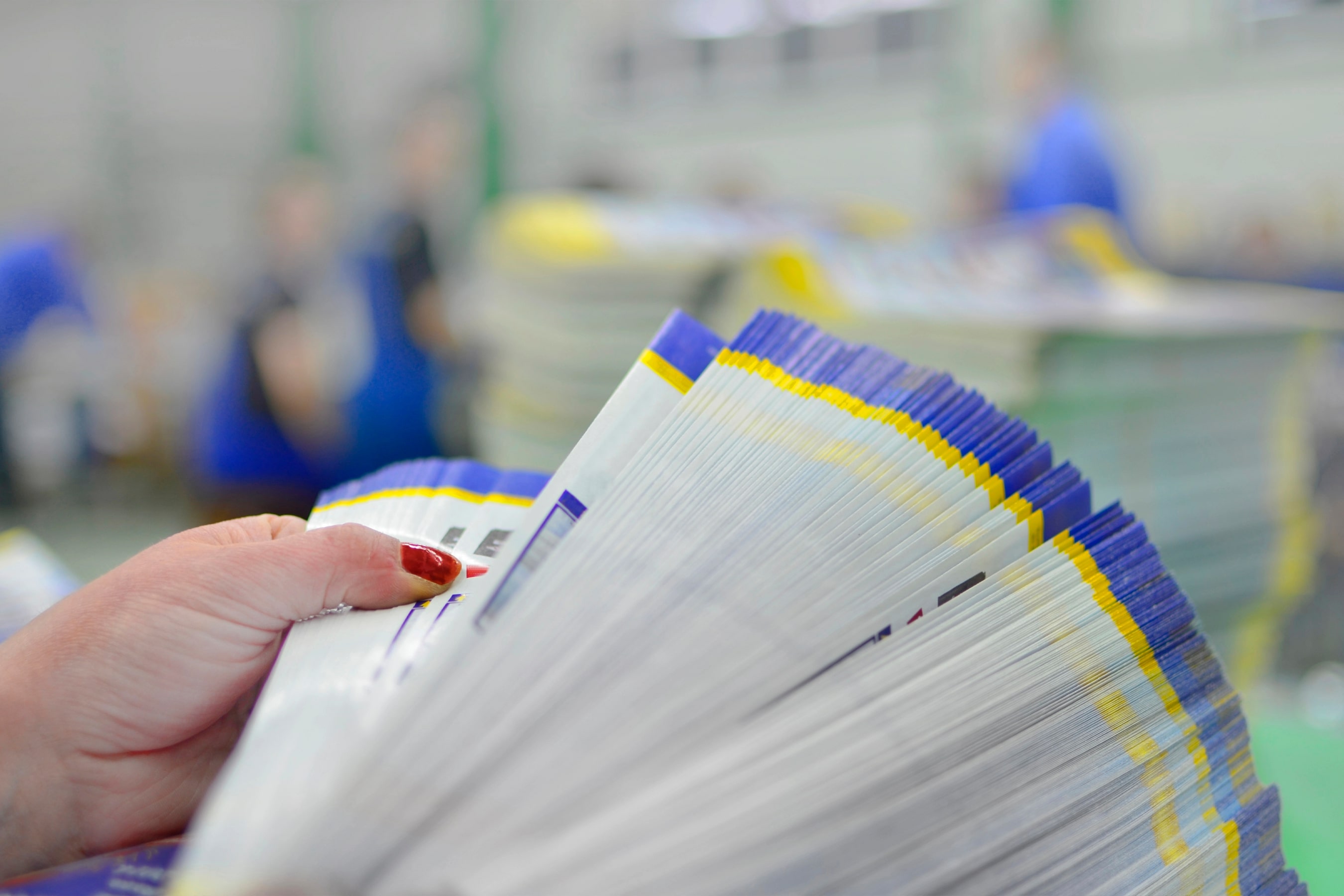
Trademark Class 17: Rubber and Insulating Materials
This class includes materials like rubber, asbestos, and mica used in manufacturing. Products range from flexible plastic pipes for plumbing to insulation materials that help control temperature. Think of rubber seals used in construction or non-metal hoses for industrial use.
Trademark Class 18: Leather Goods and Luggage
This class covers leather and imitation leather products, including handbags, luggage, wallets, and even saddlery. Well-known examples include Louis Vuitton leather bags and Hermès horse saddles. It also includes accessories like umbrellas and belts.
Trademark Class 19: Building Materials
This class protects non-metallic building materials like concrete, bricks, and asphalt. It also covers non-metallic monuments and transportable buildings like prefab homes. Examples include vinyl siding and wooden gazebos.
Trademark Class 20: Furniture and Home Goods
This class includes a wide range of home furnishings, from wooden furniture and plastic chairs to mirrors and picture frames. Brands like IKEA and La-Z-Boy are protected under this class for their furniture lines.
Trademark Class 21: Household Utensils and Glassware
This class encompasses everyday items like kitchen utensils, glassware, and cleaning brushes. It covers products from Pyrex glass bowls to OXO kitchen tools and sponges for household cleaning.
Trademark Class 22: Ropes and Sacks
This class is for materials like ropes, nets, tents, tarps, and bags used for industrial or agricultural purposes. Examples include camping tents from outdoor brands and cargo nets used in shipping.
Trademark Class 23: Yarns and Threads
This class focuses on yarns and threads specifically used for textile manufacturing. Think of companies producing cotton yarn for weaving fabric or polyester threads for industrial sewing machines.
Trademark Class 24: Textiles and Bedding
This class covers textiles that aren’t part of clothing, such as curtains, bed linens, tablecloths, and towels. Brands like Ralph Lauren Home and West Elm often file in this class to protect their home textile collections.
Trademark Class 25: Clothing and Footwear
This class protects apparel, footwear, and headgear. It’s where major fashion houses like Nike and Adidas file for their shoes, jackets, and hats. It also covers gloves, scarves, and socks, ensuring that brands control their clothing lines.
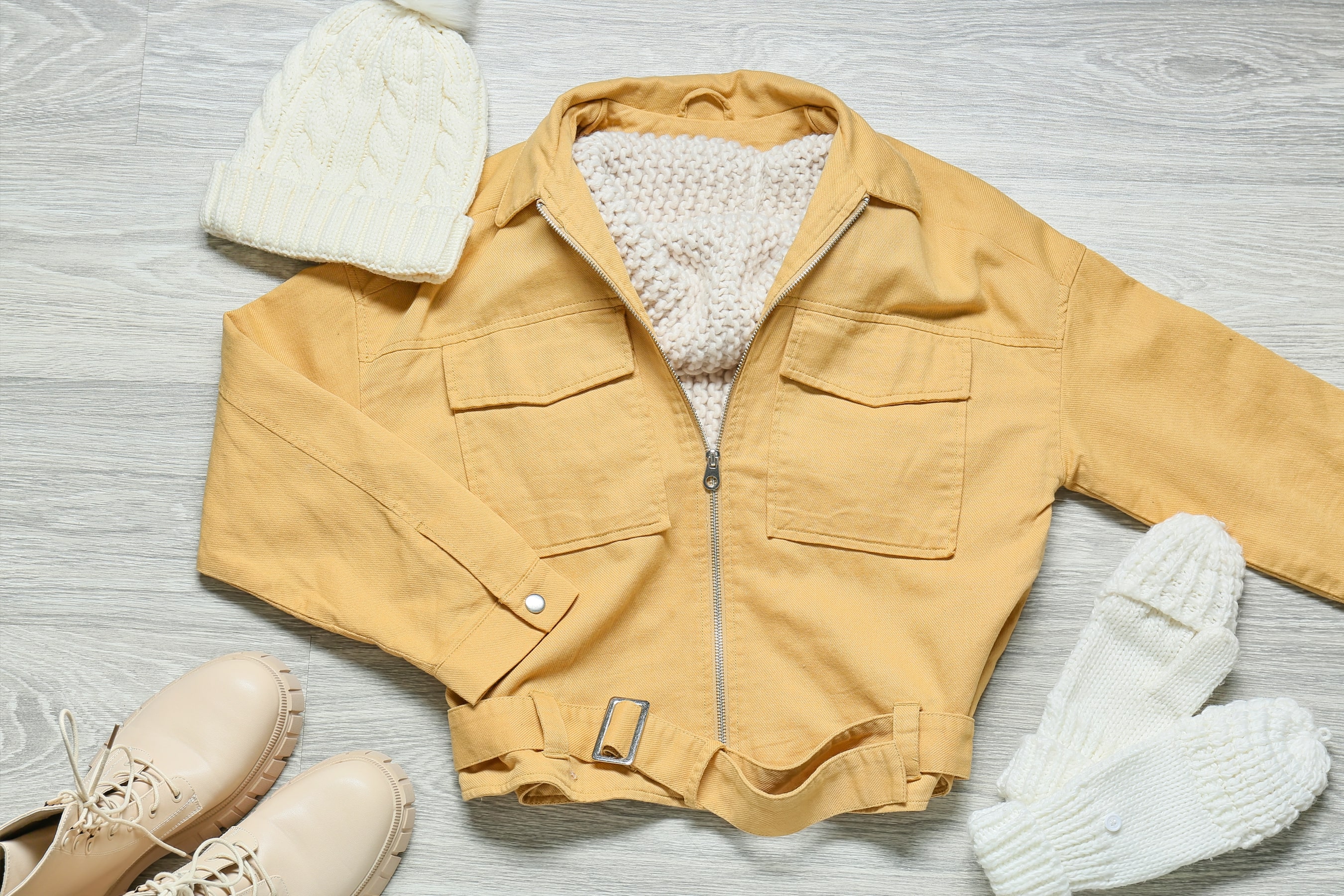
Trademark Class 26: Lace, Embroidery, and Sewing Supplies
This class covers items used in clothing design and decoration, such as lace, embroidery, ribbons, buttons, and artificial flowers. For example, brands that sell embroidery kits or high-end designer buttons file under this class to protect their unique products.
Trademark Class 27: Carpets and Floor Coverings
This class includes carpets, rugs, mats, and linoleum, as well as non-textile wall coverings. Interior design companies and flooring manufacturers use this class to protect products like luxury Persian rugs or eco-friendly linoleum tiles.
Trademark Class 28: Games, Toys, and Sporting Goods
This class covers everything from board games and toys to gymnastic equipment and sports gear. Companies like Hasbro, which produces games like Monopoly, or sporting brands selling soccer balls and yoga mats, file under this category.
Trademark Class 29: Meat, Fish, and Preserved Foods
This class protects goods like meat, fish, preserved vegetables, dairy products, and edible oils. Food companies producing canned tuna, gourmet olive oils, or frozen dinners would register under this class to safeguard their products.
Trademark Class 30: Staple Foods and Condiments
This category includes staple goods like coffee, tea, sugar, flour, bread, and pastries. Well-known brands like Starbucks for coffee or Heinz for ketchup and condiments would file in this class to protect their food items and sauces.
Trademark Class 31: Agricultural and Fresh Products
This class encompasses fresh fruits, vegetables, grains, seeds, and live animals. Farmers' markets, seed companies, and brands selling organic produce or pet food register under this category to protect their goods.
Trademark Class 32: Nonalcoholic Beverages
This class includes nonalcoholic drinks such as water, fruit juices, and soft drinks. Think of brands like Coca-Cola for soda or Minute Maid for fruit juices, which file here to safeguard their beverage lines.
Trademark Class 33: Alcoholic Beverages
Covering alcoholic drinks such as wine, spirits, and liquors (excluding beer), this class is essential for companies like Jack Daniel's for whiskey or Moët & Chandon for champagne to protect their products.
Trademark Class 34: Tobacco and Smokers' Products
This class includes tobacco, cigars, cigarettes, lighters, and matches. Brands like Marlboro or companies selling cigars and pipes file under this class to secure their trademarks in the smoking industry.
Trademark Class 35: Advertising and Business Services
Class 35 covers advertising, business management, and office services. Major corporations like Walmart and Amazon register under this class for their retail and advertising operations.
Trademark Class 36: Insurance and Financial Services
This category includes insurance, banking, real estate, and investment services. Companies like Allianz for insurance or Goldman Sachs for investment services protect their offerings by filing under this class.
Trademark Class 37: Construction and Repair Services
This class protects companies in building, repair, and installation services. A roofing company, for example, would file here to safeguard their home renovation and repair services.
Trademark Class 38: Communication Services
This class covers telecommunications services, including phone networks, internet providers, and broadcasting companies. Major players like AT&T or Verizon would file in this category.
Trademark Class 39: Transport and Storage Services
This class includes logistics, transportation, and storage. Companies like FedEx or DHL, which handle shipping and delivery, file here to protect their logistics services.
Trademark Class 40: Treatment and Processing of Materials
This class covers services like custom manufacturing, treatment, and processing of raw materials. Businesses that refine metals or offer 3D printing services would file in this class.
Trademark Class 41: Education and Entertainment
This category encompasses educational services, sports events, cultural activities, and entertainment services. Think of companies like Disney for entertainment or Harvard University for education.
Trademark Class 42: Scientific and Technological Services
This class is for research and development, software design, and IT services. Tech companies like IBM or Microsoft use this class to protect their technological and software innovations.
Trademark Class 43: Food and Accommodation Services
This class covers restaurants, hotels, and catering services. Companies like McDonald's or Hilton Hotels would register under this class to protect their food and lodging offerings.
Trademark Class 44: Medical and Veterinary Services
This category includes medical care, beauty treatments, and veterinary services. A company offering plastic surgery, dermatology, or animal care would file in this class to secure their medical services.
Trademark Class 45: Legal and Security Services
This class covers legal services, security services, and personal protection. Law firms or private security companies would use this class to protect their legal or personal safety services.

To Sum Up
Imagine you're a small business owner ready to launch your groundbreaking new product—a stylish eco-friendly water bottle. You’ve invested countless hours perfecting the design, sourcing sustainable materials, and planning your marketing strategy. But as you dive into trademark registration, you discover a world of complexity that could make or break your brand.
Many trademark applications face challenges due to incorrect class selection. The Nice Classification System, with its 45 distinct classes, is your guide through this maze, helping to categorize goods and services precisely. For example, if you mistakenly file your eco-bottle under the wrong class, you might end up facing legal battles with other companies or losing your trademark altogether.
Take Nike’s iconic swoosh logo. When Nike first registered their trademark, the careful selection of classes helped them avoid conflicts with other brands and secure their brand’s identity globally. Without such a system, trademarks could overlap, leading to costly disputes and confusing consumer choices.
So, as you embark on protecting your brand, remember: understanding and correctly applying for international trademark classes isn’t just a bureaucratic step—it’s a strategic move that ensures your brand stands out clearly and securely in the crowded marketplace.
If you need to know which classes to choose or need assistance with your trademark registration, consider contacting a trademark expert. Our team of experienced trademark advisors is here to provide guidance and support, ensuring that your trademark is registered accurately and effectively.







